
My view east the morning after arriving home (through telephoto lens).
A crisp, cold morning, mist over the lake and an orange glow backlighting the Cascade Mountains reminding me that I live in a beautiful area, one rivaling many of the places I visit.
It feels great to be home having successfully finished another motorcycle adventure!
What was the highlight of the trip?
Well, besides getting home safe and sound which I always think of first, you need to be a bit more deliberate here. Four weeks is a lot to evaluate.
The Cabot Trail
Turnaround points in a journey generally represent a sense of accomplishment in combination with an interesting road to ride or scenic place to overnight.
In that regard, I would say the first day riding the Cabot Trail was spectacular, with good weather and sunny skies on the leeward side, and dramatic, with a finish in the rain starting while I was riding the windward side of the trail an hour out from my motel with the sun setting and construction across the entire highway surface between me and my bed for the night.

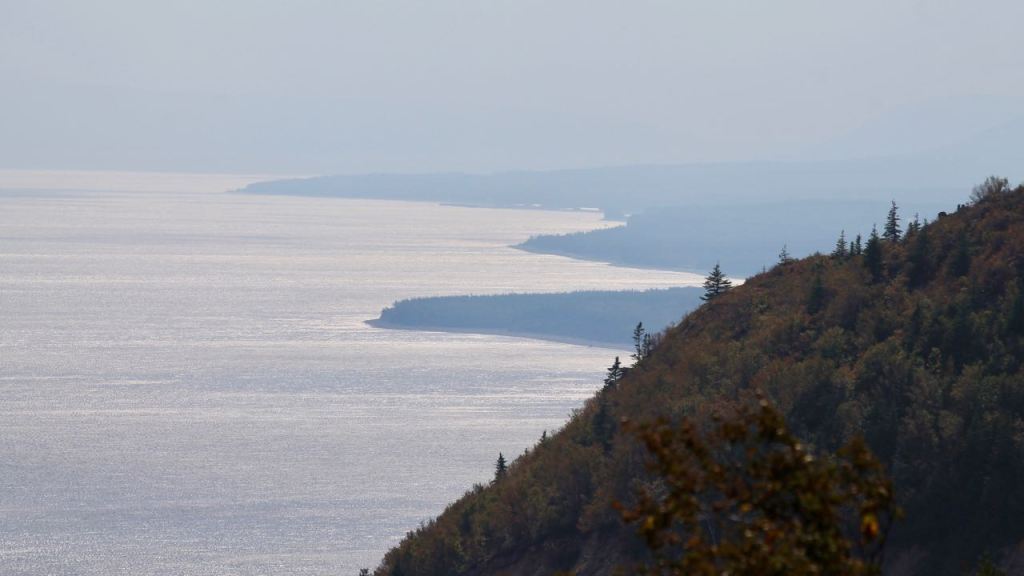

Oh, and a nice bucket of mussels thrown in with meeting a new friend for the second time in a day. Whew! So that was pretty memorable.
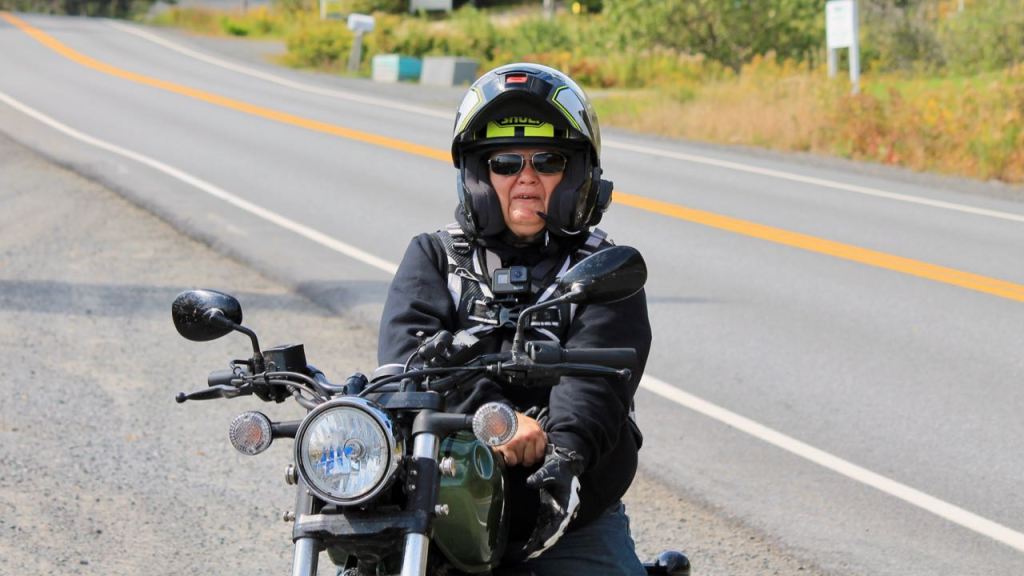
Lake Superior
The Lake Superior Provincial Park is really spectacular. I traveled from the north entrance in to see some of the best views right away!
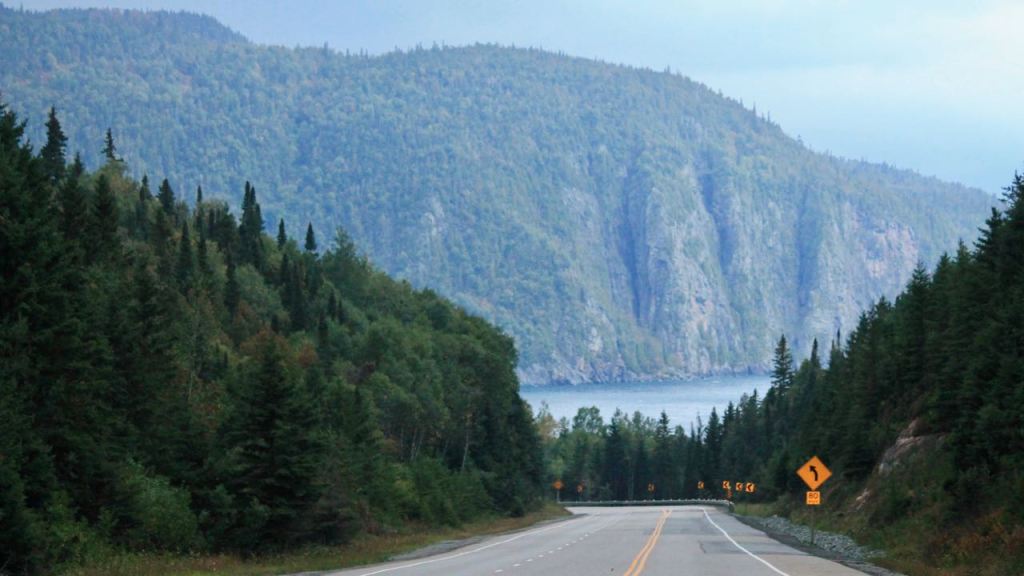
Some of the ride east of Thunder Bay presented amazing views of Lake Superior as well, and this unexpectedly so.
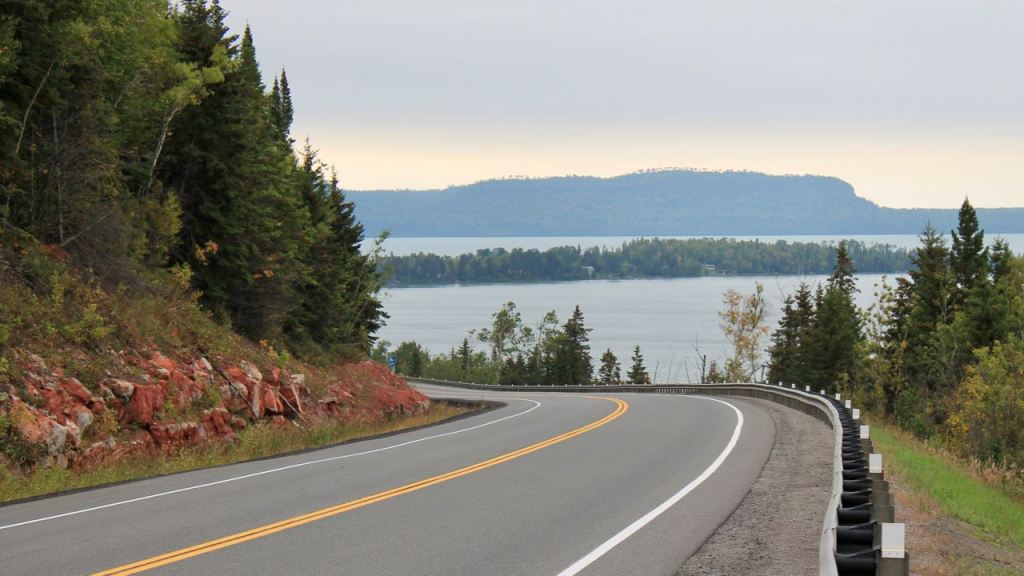
Great roads
I have to say Pennsylvania State Route 144 was the call out road to ride. I found zen among the challenges of rain and fog.
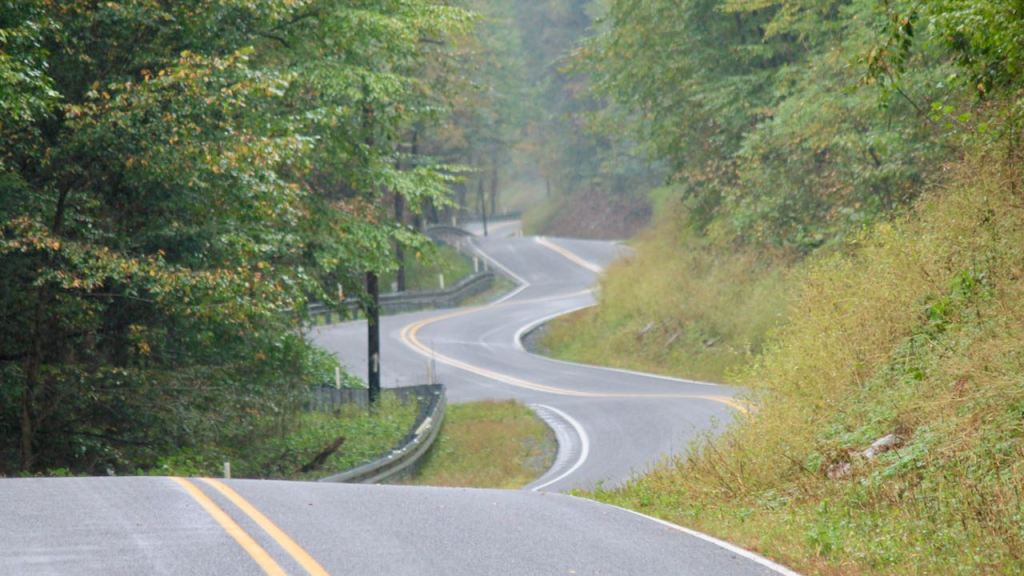


In second place was West Virginia Hwy 26 from Woodsfield south to Marietta. A mostly clean (front tire slipped across gravel once) little used slice of heaven. This ride was in good weather and dry roads.
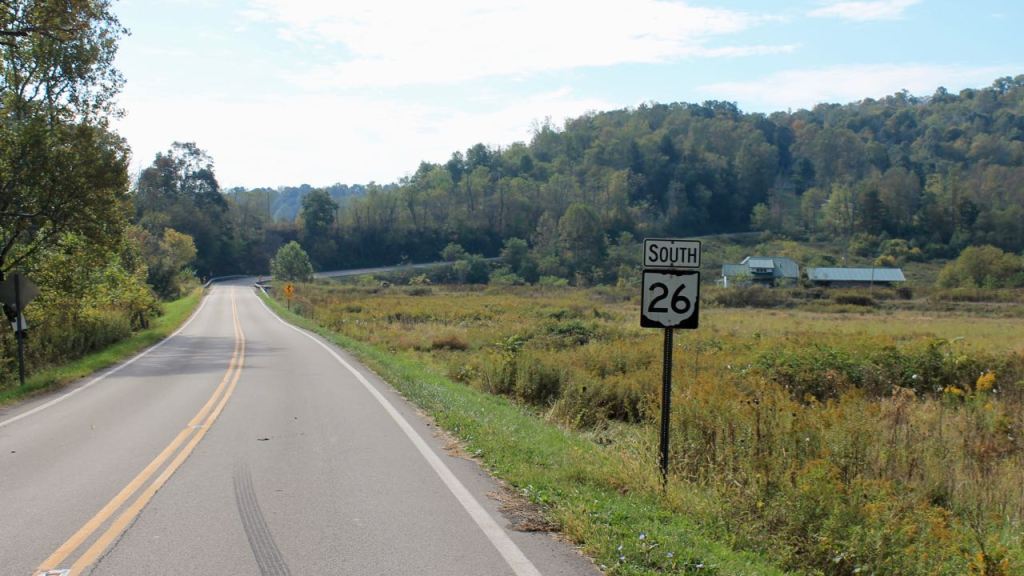

How many miles a day did I ride?

The trip seemed to fall into three legs, or phases, including; the Canada crossing culminating in the Cabot Trail ride, a more leisurely exploration of the northeast US between Maine and Ohio, and an interstate dash home.
The last week felt like a real push, averaging about 450 miles a day. In contrast, the two-week crossing of Canada felt more comfortable at 345 miles a day.
I think there are some things I could do to make long days more comfortable and less stressful.
Mods include:
- a taller wider wind screen ($$)
- round convex mirror inserts ($)
- a more comfortable seat ($$$)
- new suspension ($$$$)
- new outer gear ($$$)
- warmer winter gloves ($$)
- sport boards to replace pegs ($)
- a quieter helmet ($$$)
With the end of my extended service plan (warranty) coming next Spring, I look forward to making suspension changes early next year. That’s my thinking right now – that I’ll continue to ride this motorcycle and begin to do at least the fluid changes myself, if not (eventually) all routine maintenance myself.
The original clutch remains in good shape after 87K miles. It was suggested that if she doesn’t sit for extended periods of time, and I could go to 150K before it wears out. We’ll see about that.
Point is this – this motorcycle works well for me. It fits well, rides well and treats me well, aside from her expensive tastes (in service dollars), she seems to be in good shape.
New suspension will be future serviceable and built to spec, giving the ride new legs, set up specifically for my weight and long-distance travel preferences.
How much did I spend?
Details below but the whole trip cost about $4,875 or just over $1,200 per week, including food. See the details below.
For planning purposes, I generally budget $1,200 per week, not including food. This trip was well within that budget largely because of the hotel promotions leading to free nights.
The amount generally budgeted per week has increased since I began traveling in 2014, when I budgeted $1000 per week. Lodging costs have increased and I camp less often, or in this case camp not at all.
Lodging Costs – $600 / week

During my 28 nights, I was able to get two free nights at Choice Hotels from a seasonal rewards promotion and one free night at a Best Western for a different promotion. I also received refunds from a Hampton Inn and from the Wheeling Casino that were not promotion related.
This kept lodging expenses lower than expected at $2,349 or just under $84 per night, including the free nights in the average.
Fuel – $125 / week
I spent approximately $500 on fuel for this 9,000 mile trip, roughly $55 per 1000 miles or $125 per week in this case.
I get about 50 miles per gallon, for those curious. Oh, and the bike uses 89 to 91 octane fuel – mid grade or premium.
Food – $200 / week
My food spend totaled approximately $750 or a bit less than $200 per week.
For budgeting purposes, I keep a separate food budget for the year, of $600 per month, including any refreshments (wine, beer, alcohol). I generally stay below that at home and go over while on the road.
Tires – $150 / week
I wont need another service this year, but will need to replace the tires.
I’ve ordered the next set, which cost roughly $400 for the set and will cost approximately $150 to have mounted and balanced. This trip used up the tires completely so we’ll say their costs come out to about $60 per 1000 miles, or $150 per week, just a bit more than fuel.
The Roadtec 01 HWMs lasted longer than I expected. The center compound is a tough one. I have about 10K miles on this set. Profiles are pretty flat now on both the front and the rear.
The new set will be the Road 5 GT tires, replacements to the Pilot Road 4 GTs I’d been running for years.
I’ll compare the Roadtec 01 to the Road 5 GT and see which I prefer.
Service – $175 / week
The service cost roughly $725, or just about the same as food. This was the level II service, which generally is more expensive than a level I and includes all fluids except brakes, filters, plugs and valve adjustments.
Rounding down, let’s call it $175 per week.
Riding Interstate Highways
So, yeah. How was all that?

A mixed bag but purpose built and supported.
Purpose of the interstates
I propose, if your purpose fits, interstates are efficient and generally well supported.
I would describe the purpose of the interstate highways is to mimic airline flights – that is, hubs and destination planning.
Want to get from Columbus, Ohio to Seattle, Washington is six days while limiting the elevations to avoid snow showers or worse, turn to our interstate system.
Living on interstates
To share the life I found on the interstates, I’ll focus on interactions with semi-trucks, high winds, road debris including road kill, and high speeds – a catalyst for increasing the risk in each of the prior factors.
Semi-trucks
Interactions with semi-trucks increase significantly on the interstates. Stay out of their way whenever possible, pass as quickly as possible, look far ahead to anticipate their actions.
Road kill and other debris
Pennsylvania seemed to be the worst, but there was a lot of deer and raccoons along the interstates in some locations. Also
High Winds
I made a route change to avoid excessively cold conditions. Riding into a cold front’s arrival put me into high wind territory.
Knowing high winds were inevitable, I opted to not use the top case this trip. I wasn’t camping. And, without the extra case, I would lessen the impact of strong winds.
I call my ride a lightweight touring motorcycle. It easily maintains any legal speeds in the country, even facing head winds and using a big fairing to protect me from the wind pressure generated at those speeds.
That was a really great decision. Several days of cross winds towards the end of the trip brought home the sensibility. Whew!
Lack of a fullness, perhaps a limited sense of joy
Let’s face it, my mental processes underwent a change after successive days faced with the sameness of the interstates.
Instead of focusing on the ride and the next corner, as if I was riding SR 144 in Pennsylvania again, or focusing on finding a perfect way to frame a picture of the place I find myself in, I would focus on the clock and the miles remaining.
Interactions were more limited and less personal, by design, to keep you speeding along to your destination.
Food choices that were most easily accessed were also limited to a few staples of that realm – Mickey D’s, Subways, Tim Horton if in Canada.

Keith, Consider a Laminar Lip, they look great, work well and can moved until you find just the right spot.
Ted Porter should be everyone’s choice on suspension updates, he takes everything into account and then makes a perfect recommendation… I think even the quietest of all helmets are still too noisy, I wear ear plugs always and i feel more rested at the end of the day.
Glad you had a great ride, it was interesting and enjoyable to hear your daily reports
Al Banta
Lewiston Idaho.
LikeLike
Hi Keith — I followed your blog almost every day and by the third week I was really impressed with your ability to stay on task with your daily updates along with your full days on the road. I got a good sense of the location from your photos, how you saw it from the road. Glad you’re home safe and sound. Love that morning skyline view.
–Steve
LikeLike